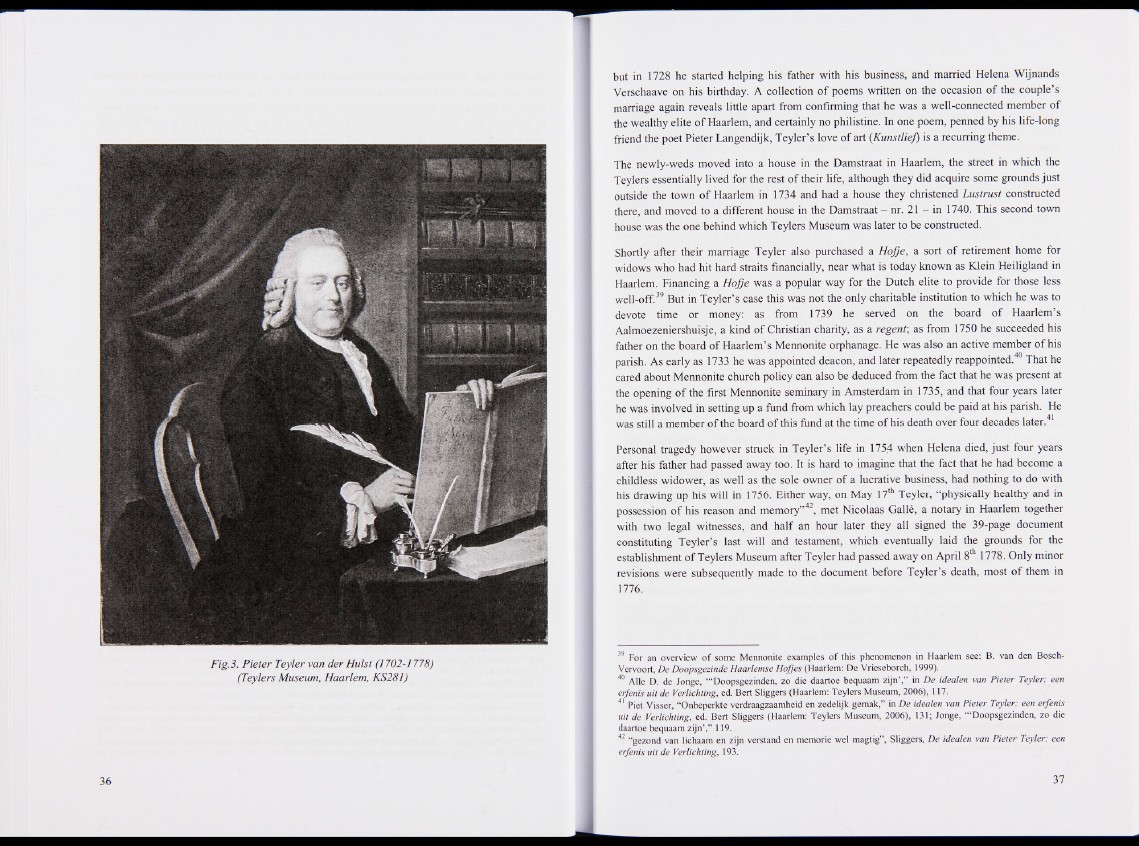
Fig.3. Pieter Teyler van der Hulst (1702-1778)
(Teylers Museum, Haarlem, KS281)
but in 1728 he started helping his father with his business, and married Helena Wijnands
Verschaave on his birthday. A collection of poems written on the occasion of the couple’s
marriage again reveals little apart from confirming that he was a well-connected member of
the wealthy elite of Haarlem, and certainly no philistine. In one poem, penned by his life-long
friend the poet Pieter Langendijk, Teyler’s love of art (Kunstlief) is a recurring theme.
The newly-weds moved into a house in the Damstraat in Haarlem, the street in which the
Teylers essentially lived for the rest of their life, although they did acquire some grounds just
outside the town of Haarlem in 1734 and had a house they christened Lustrust constructed
there, and moved to a different house in the Damstraat - nr. 21 - in 1740. This second town
house was the one behind which Teylers Museum was later to be constructed.
Shortly after their marriage Teyler also purchased a Hojje, a sort of retirement home for
widows who had hit hard straits financially, near what is today known as Klein Heiligland in
Haarlem. Financing a Hofje was a popular way for the Dutch elite to provide for those less
well-off.39 But in Teyler’s case this was not the only charitable institution to which he was to
devote time or money: as from 1739 he served on the board of Haarlem’s
Aalmoezeniershuisje, a kind of Christian charity, as a regent; as from 1750 he succeeded his
father on the board of Haarlem’s Mennonite orphanage. He was also an active member of his
parish. As early as 1733 he was appointed deacon, and later repeatedly reappointed. That he
cared about Mennonite church policy can also be deduced from the fact that he was present at
the opening of the first Mennonite seminary in Amsterdam in 1735, and that four years later
he was involved in setting up a fund from which lay preachers could be paid at his parish. He
was still a member of the board of this fund at the time of his death over four decades later. 1
Personal tragedy however struck in Teyler’s life in 1754 when Helena died, just four years
after his father had passed away too. It is hard to imagine that the fact that he had become a
childless widower, as well as the sole owner of a lucrative business, had nothing to do with
his drawing up his will in 1756. Either way, on May 17th Teyler, “physically healthy and in
possession of his reason and memory”42, met Nicolaas Gallé, a notary in Haarlem together
with two legal witnesses, and half an hour later they all signed the 39-page document
constituting Teyler’s last will and testament, which eventually laid the grounds for the
establishment of Teylers Museum after Teyler had passed away on April 8* 1778. Only minor
revisions were subsequently made to the document before Teyler’s death, most of them in
1776.
39 For an overview o f some Mennonite examples o f this phenomenon in Haarlem see: B. van den Bosch-
Vervoort, De Doopsgezinde Haarlemse Hofjes (Haarlem: De Vrieseborch, 1999).
40 Alle D. de Jonge, ‘“Doopsgezinden, zo die daartoe bequaam zijn’,” in De idealen van Pieter Teyler; een
erfenis uit de Verlichting, ed. Bert Sliggers (Haarlem: Teylers Museum, 2006), 117.
41 Piet Visser, “Onbeperkte verdraagzaamheid en zedelijk gemak,” in De idealen van Pieter Teyler: een erfenis
uit de Verlichting, ed. Bert Sliggers (Haarlem: Teylers Museum, 2006), 131; Jonge, ‘“Doopsgezinden, zo die
daartoe bequaam zijn’,” 119.
42 “gezond van lichaam en zijn verstand en memorie wel magtig”, Sliggers, De idealen van Pieter Teyler: een
erfenis uit de Verlichting, 193.